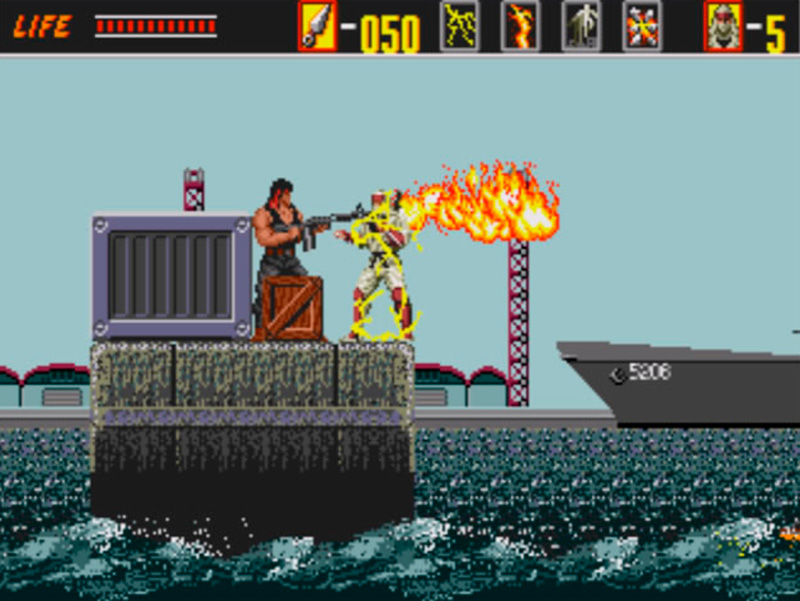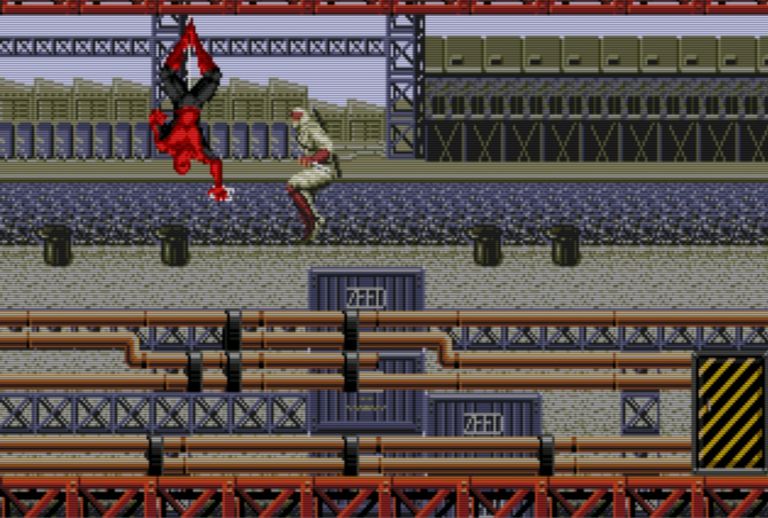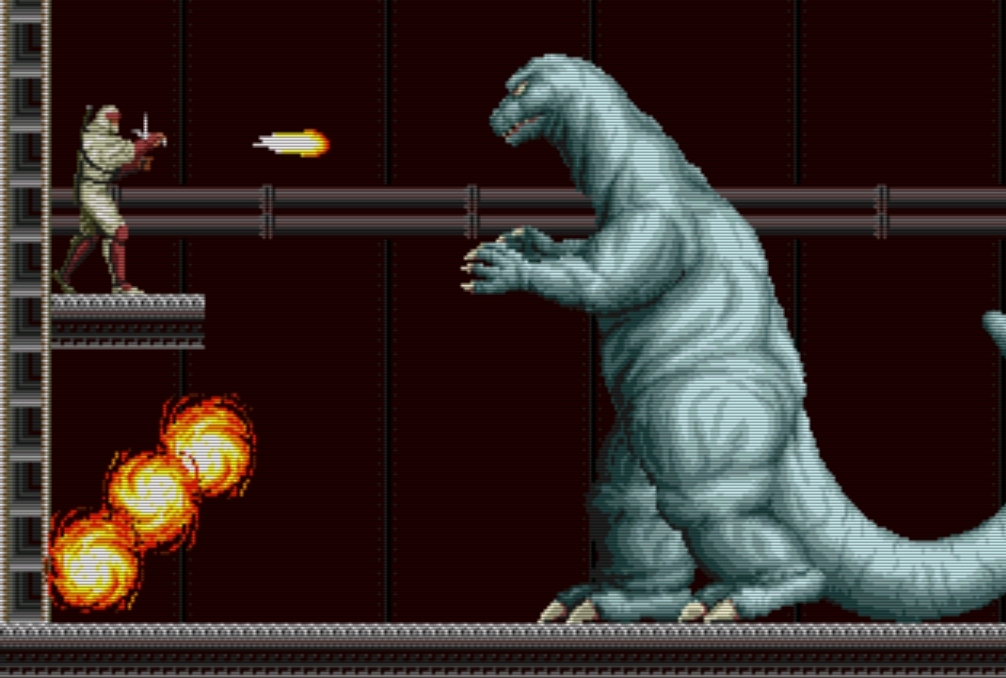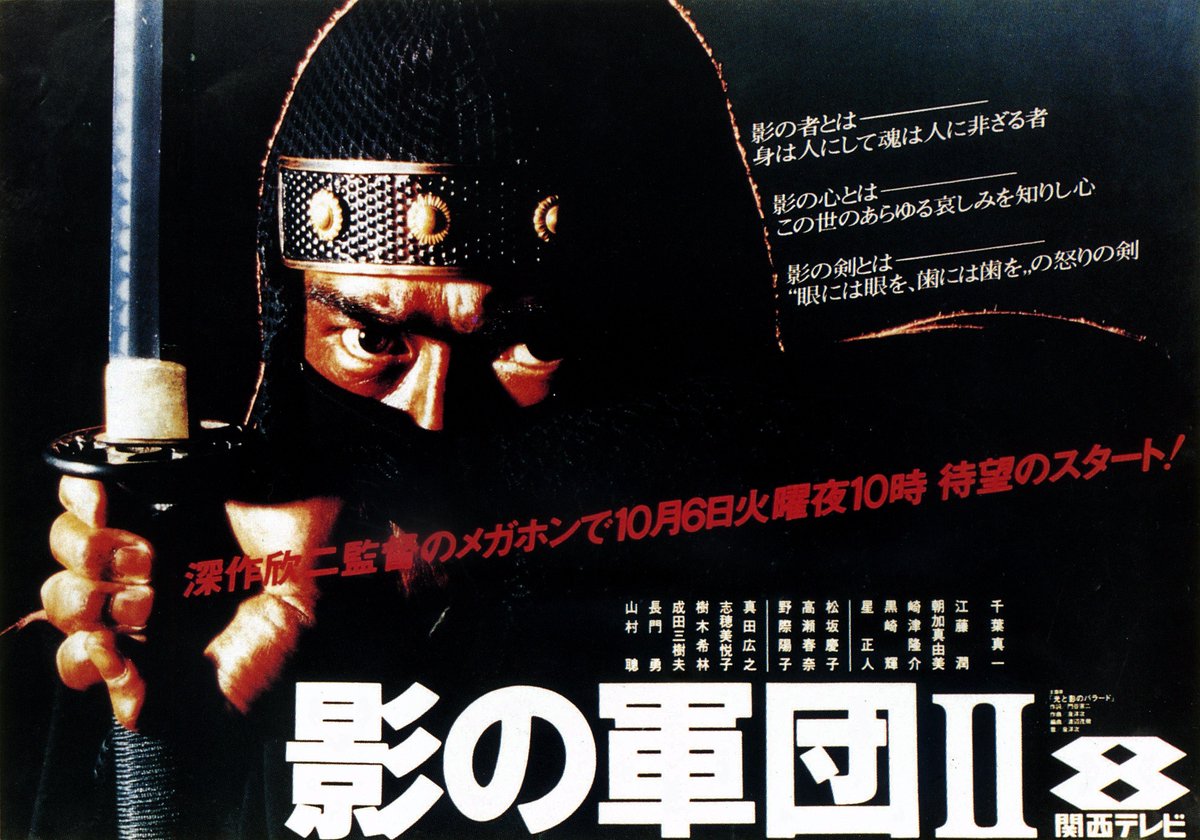Revenge of Shinobi and Its Cheerful Copyright Infringement
The Terminator? Batman? Godzilla? They were all part of the weird mix in Sega’s Revenge Of Shinobi...
This article comes from Den of Geek UK.
From the output of Cannon Films to the cartoons and comics of those Teenage Turtles, ninjas were all over the place in the 1980s. And while there were lots of other pretenders to the crown, few ninja-themed videogame franchises were as consistently excellent as Sega’s Shinobi.
The first game emerged in 1987, and it was a methodical yet entertaining action-platformer. Introducing the stealthy hero Joe Musashi, Shinobi was popular enough to spread from the amusement arcade to just about every home system imaginable, including the Nintendo Entertainment System, PC Engine, ZX Spectrum, and Sega’s own Master System.
The franchise’s finest hour came in 1989 with Revenge Of Shinobi – one of the Sega Genesis’ earliest releases, and a perfect showcase for what the 16-bit console could do. It sees Joe Musashi face off against another evil organisation, and the action this time is far more imaginative and varied; levels take place in traditional Japanese castles, on busy highways, in factories and on the roofs of moving trains. To keep up with the faster pace, Joe’s also more athletic than ever, with a deadly somersault (which allows him to throw eight shuriken across the screen) making short work of rank-and-file enemies.
To this day, Revenge Of Shinobi remains one of the undisputed classics of Sega’s golden age; an action game that is still addictive and challenging, even if the graphics aren’t exactly cutting edge almost 30 years later. Revenge Of Shinobi also happens to contain some of the most flagrant – and frequent – instances of cheerful copyright infringement in any game in the medium’s history.

During his fight against evil, Joe Musashi will encounter John Rambo doppelgangers; a boss that looks uncannily like the Terminator, a giant kaiju clearly modelled after Godzilla, not to mention a heated battle against Spider-Man and Batman. It’s difficult to know exactly what Sega was thinking when it threw all these characters into Revenge Of Shinobi’s mix; what is clear is that the company quickly figured out that it might get into a spot of legal trouble.
Over on The Cutting Room Floor – an indispensible site if you like rooting through the data of old videogames – we get to see all the revisions that Sega made to Revenge Of Shinobi in quick succession. While the packaging and cartridge remained the same, the data stored within went through no fewer than four changes during the game’s original release.
One of the first things to be altered, it seems, was the John Rambo lookalike; the enemy sprite, which in the original version has the same curly black mane of hair and red bandana as the iconic action hero, was altered to a more anonymous, bald henchman in the first revision.

The Spider-Man graphics also underwent a subtle change, though interestingly, this was actually to make the character look more like the one in the comic books. This was because, unlike the Rambo, Batman and Godzilla characters, Sega did actually have a license to use Spider-Man – around the same time, Sega had made an official tie-in game featuring Marvel’s webslinger, so the decision was made to include him in Revenge Of Shinobi.
Quite what Marvel would have made of him playing one of the end-of-level bosses, we can only guess.

Sega appeared to run into more problems with the sprites that resembled Batman and Godzilla, however. The game’s second revision makes several changes to the sprites so that the boss – which is obviously modelled on the Caped Crusader, right down to his pointy bat ears and yellow utility belt – into a more monstrous-looking creature with horns, a tail and furry legs like a goat.
Some have suggested the sprite looks more like the DC comics villain Man-Bat in this revision; others have pointed out the similarity between it and Go Nagai’s Devilman, an anti-hero who’s hugely popular in Japan to this day.

Japanese players would also have recognised the giant monster at the end of round seven; sure, the pointy fins are missing, but it’s very obviously based on Toho’s Godzilla, perhaps the most famous kaiju of them all.
In this 2003 interview, Revenge Of Shinobi director Noyishi Ohba diplomatically describes the beast as a ‘brontosaurus’; this clearly didn’t wash with everyone, because the sprite was changed in a second revision. Essentially, the monster became a giant walking skeleton – Sega clearly figured that, without its skin, Godzilla isn’t really Godzilla anymore.

All told, there were four revisions of Revenge Of Shinobi; as Ohba points out, copyright laws weren’t as strictly enforced back in the late ’80s, but clearly, Sega was at least somewhat worried about the forces it might unleash. Interestingly, some stuff remained intact.
Level four’s boss, the one modelled on Arnold Schwarzenegger and the Terminator, remained the same in all versions – he still has the shades, the bulging muscles and the flat-top hair, and when he’s sufficiently damaged, his skin will vanish to reveal the gleaming endoskeleton hiding beneath. Maybe Sega thought that a mash-up of the Terminator and the Hulk (the boss also glows green and throws cars around) would be enough to throw lawyers off the scent.
Incredibly, subtle changes were being made to Revenge Of Shinobi right up to 2009. For the game’s digital release on the Wii’s Virtual Console, Sega changed the look of Joe Musashi’s eyes in the opening screen. Why? Because, when its artists created that title screen – a piece of artwork that was also used on the game’s Japanese cover – it had essentially lifted a publicity shot from Kage no Gundan, an ’80s TV series starring the great Sonny Chiba.

It wasn’t unusual for artists to take ‘inspiration’ from film and TV stills in the 80s – see also the covers of the original Metal Gear and Contra – but by 2009, borrowing Sonny Chiba’s likeness was probably considered a bit of a no-no.
Despite all these changes, Revenge Of Shinobi’s 80s charm remains intact. In fact, the crazy roster of unlicensed characters just adds to its febrile atmosphere; the game hails from a time when the industry was still comparatively small, when ninjas could do gigantic somersaults, and where you could be fighting Arnold Schwarzenegger in one moment, and the mighty Godzilla the next.